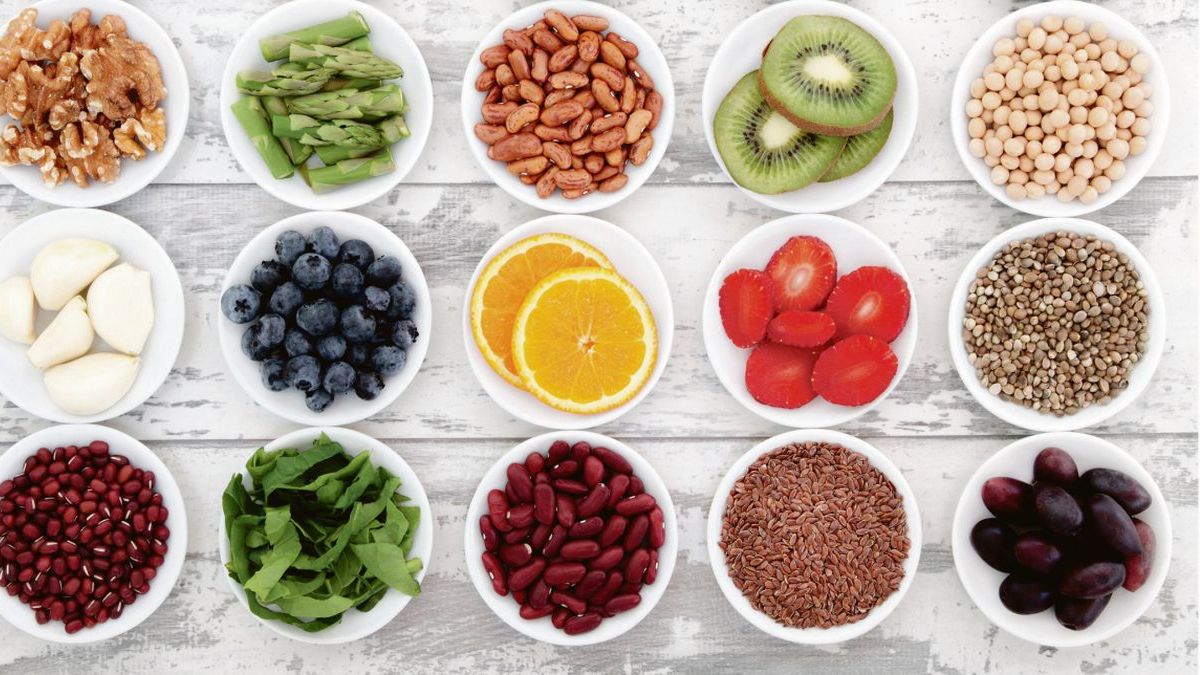Having a balanced intestinal microbiota is essential for the proper functioning of our digestive, metabolic, immune systems and our emotional well-being.
Also, do not forget that 70% of our immune system is in the intestine.
Feeding this community of microorganisms and strengthening our defense system is essential, even more so at this time of year when colds and allergies abound.
Seasonal changes also alter our gut. Just as your eating habits often change throughout the year, so do your gut bacteria.
How to favor the balance of this ecosystem of bacteria in the fall?
Here, 5 tips:
- I included foods with prebiotic fiber to give the good bacteria in your gut the fuel they need to function.
- The most available fruits and vegetables at this time of year are green vegetables such as chard, watercress, broccoli, chaucha, escarole, spinach, radicheta, sweet potato, cauliflower, spring onion, fennel, leek, beet, cabbage, Brussels sprouts, carrot, pumpkin, pumpkin, banana, plum, lemon, tangerine, orange, grapefruit, pear. Also, do not forget to add legumes, whole grain cereals such as quinoa, oatmeal, yamani rice.
- Add foods with polyphenols: grapes, frozen red fruits, artichoke, capers, broccoli, red onion, fennel, kale, blueberries, plum, dill, citrus, watercress, chocolate with a high percentage of cocoa.
- Incorporate foods that provide resistant starch: whole grains such as oatmeal, legumes such as lentils, tubers such as potatoes and sweet potatoes, green bananas. You can also increase the content of resistant starch if you cook and then chill certain foods, such as potatoes, which can be cooked and chilled in the refrigerator before consumption.
- I included fermented foods like yogurt, kefir, sauerkraut or kimchi for example.
And don’t forget the vitamin C present in most raw fruits and vegetables, but especially citrus fruits, bell peppers, kale, broccoli, tomatoes, kiwi; and zinc from meat, poultry, fish, legumes, nuts, whole grains and dairy products.
As you will see, the key is in the variety and in being able to include different foods every day.
Ideas to put it into practice
Option 1
Breakfast: oatmeal cooked with milk, red fruits or orange segments.
Lunch: vegetable wok with chicken cubes, quinoa and raw spinach leaves
Snack: yogurt with fruit.
Dinner: pumpkin stuffed with black beans, onion, leek and broccoli.
Option 2
Breakfast: sourdough bread with peanut paste and fruit.
Lunch: creamy sweet potato soup, onion, leek, zucchini.
Snack: banana smoothie with nuts.
Dinner: Chickpea burger with tomato and basil salad.
Bachelor of Nutrition, Certified Health Coach.
Source: Ambito
David William is a talented author who has made a name for himself in the world of writing. He is a professional author who writes on a wide range of topics, from general interest to opinion news. David is currently working as a writer at 24 hours worlds where he brings his unique perspective and in-depth research to his articles, making them both informative and engaging.




